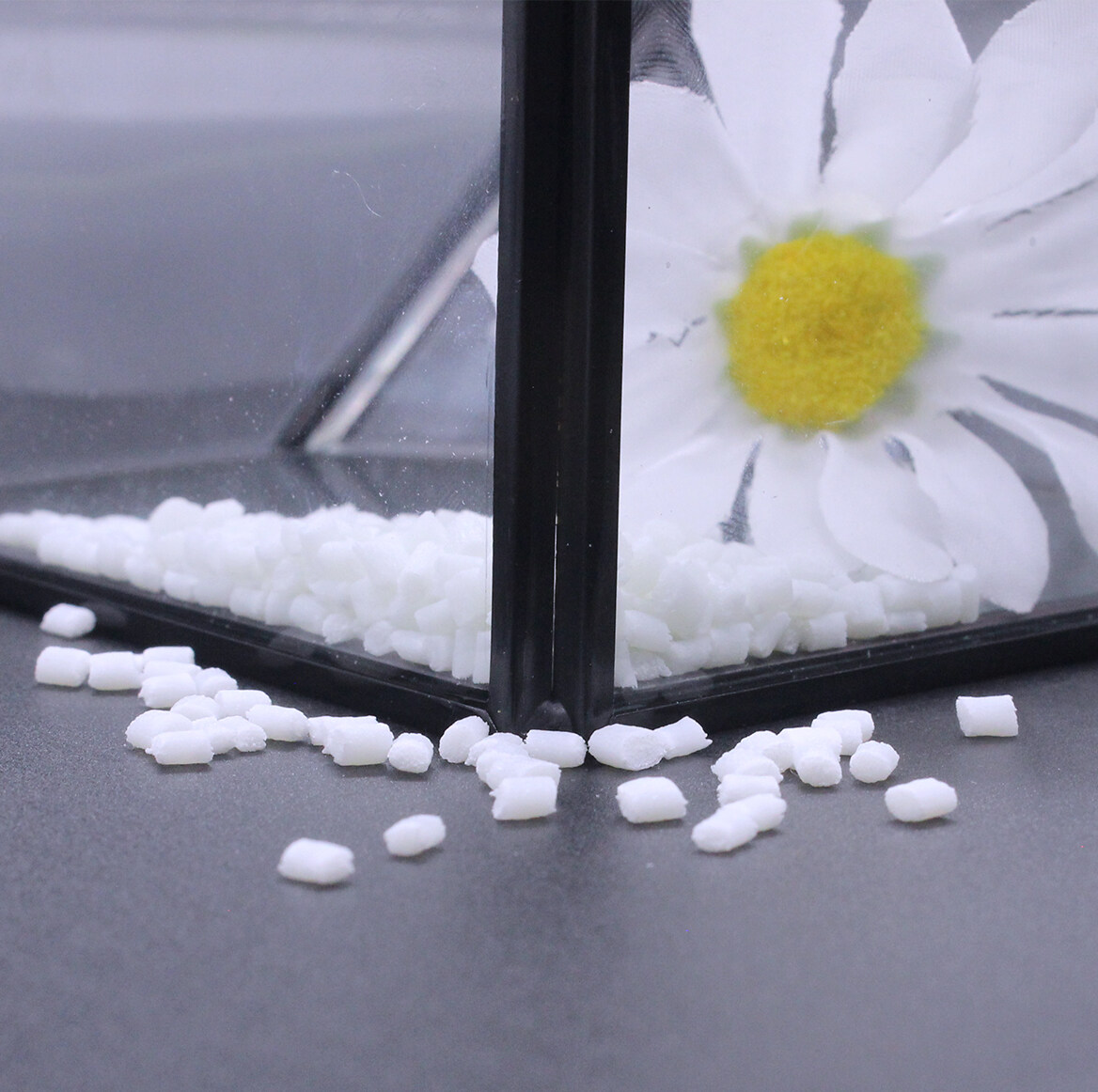Email format error
Email cannot be empty
Email already exists
6-20 characters(letters plus numbers only)
The password is inconsistent
Email format error
Email cannot be empty
Email does not exist
6-20 characters(letters plus numbers only)
The password is inconsistent


polyethylene terephthalate Glass Fiber Reinforced: A Comprehensive Guide
In the world of advanced materials, terephthalate glass fiber reinforced composites have emerged as a significant player due to their exceptional properties. These composites are not just making waves in industrial applications but also reshaping the way we think about material performance. This blog will delve deep into the world of terephthalate glass fiber reinforced materials, exploring their benefits, applications, and why they are becoming the go-to choice for engineers and manufacturers.
What is Polyethylene Terephthalate Glass Fiber Reinforced?
Terephthalate glass fiber reinforced refers to a composite material that combines terephthalate, a type of polyester, with glass fibers. The glass fibers are embedded in the terephthalate matrix, enhancing the material's strength, durability, and resistance to environmental factors. This combination results in a composite that offers superior mechanical properties compared to traditional materials.
The Role of Glass Fibers in Reinforcement
Glass fibers play a crucial role in the reinforcement of terephthalate composites. These fibers, which are made from very fine strands of glass, are known for their high tensile strength and resistance to impact. When these fibers are integrated into the terephthalate matrix, they significantly improve the material's overall performance, making it more durable and less prone to deformation.
Understanding Terephthalate
Terephthalate, specifically polyethylene terephthalate (PET), is a type of polyester that is widely used in various industries. It is known for its excellent chemical resistance, dimensional stability, and ease of processing. When combined with glass fibers, PET's properties are further enhanced, making it suitable for more demanding applications.
Key Properties of Polyethylene Terephthalate Glass Fiber Reinforced Composites
The combination of terephthalate and glass fibers results in a material with several key properties that make it highly desirable for various applications.
1. High Strength-to-Weight Ratio
One of the most notable properties composites is their high strength-to-weight ratio. This makes them ideal for applications where weight savings are critical, such as in the automotive and aerospace industries.
2. Excellent Chemical Resistance
The composites exhibit excellent chemical resistance, particularly against water, acids, and alkalis. This makes them suitable for use in harsh environments where other materials might degrade over time.
3. Dimensional Stability
The incorporation of glass fibers into the terephthalate matrix enhances the composite's dimensional stability. This means that the material maintains its shape and size even under varying temperature and humidity conditions.
4. Low Thermal Expansion
The terephthalate glass fiber reinforced materials have a low coefficient of thermal expansion, meaning they do not expand or contract significantly with changes in temperature. This property is crucial for applications where dimensional accuracy is important.
5. Impact Resistance
The glass fibers within the composite provide excellent impact resistance, making terephthalate glass fiber reinforced materials suitable for applications that require high durability and toughness.
Applications of Polyethylene Terephthalate Glass Fiber Reinforced Composites
Due to their impressive properties, the composites are used in a wide range of applications across various industries.
1. Automotive Industry
In the automotive industry, these composites are used to manufacture lightweight yet strong components such as bumpers, dashboard frames, and under-the-hood parts. The high strength-to-weight ratio and excellent chemical resistance make them ideal for improving fuel efficiency and reducing emissions.
2. Aerospace Industry
The aerospace industry benefits from the use of the materials in the construction of aircraft components. The lightweight nature of these composites helps reduce the overall weight of the aircraft, leading to better fuel efficiency and performance.
3. Electrical and Electronics
In the electrical and electronics industry, these composites are used in the production of enclosures, connectors, and insulating components. Their low thermal expansion and high dimensional stability ensure that they perform reliably even in demanding environments.
4. Construction Industry
The construction industry utilizes the composites in various structural applications, such as in the production of panels, beams, and reinforcement bars. The material's durability and resistance to environmental factors make it a suitable choice for long-lasting construction projects.
5. Consumer Goods
The composites are also found in consumer goods such as sporting equipment, household appliances, and furniture. The material's lightweight and durable nature make it an attractive option for manufacturers looking to create high-quality products.
Comparing Polyethylene Terephthalate Glass Fiber Reinforced with Other Composites
While the composites offer numerous advantages, it is essential to understand how they compare with other similar materials, such as PPA/6T-GF glass fiber reinforced composites. PPA/6T-GF, for instance, is another type of glass fiber-reinforced composite known for its high-temperature resistance and excellent mechanical properties. However, the composites stand out due to their superior chemical resistance and cost-effectiveness, making them a preferred choice for many applications.
The Manufacturing Process of Terephthalate Glass Fiber Reinforced Composites
The manufacturing process involves several key steps to ensure the final product meets the desired specifications.
1. Preparation of Raw Materials
The process begins with the preparation of raw materials, where the terephthalate polymer and glass fibers are carefully selected based on the required properties of the final composite.
2. Compounding
The terephthalate polymer is melted, and the glass fibers are introduced into the molten polymer. This mixture is then compounded to ensure that the glass fibers are evenly distributed throughout the polymer matrix.
3. Molding
Once the compounding process is complete, the material is shaped using various molding techniques, such as injection molding, compression molding, or extrusion. The choice of molding technique depends on the intended application of the composite.
4. Cooling and Finishing
After molding, the composite is cooled to solidify its shape. It is then subjected to finishing processes, such as trimming, polishing, or painting, to meet the required specifications.
5. Quality Control
Finally, the composite undergoes rigorous quality control tests to ensure it meets industry standards and performs as expected in its intended application.
Environmental Impact and Sustainability
As industries continue to focus on sustainability, the environmental impact of materials used in manufacturing has become a significant consideration. The terephthalate glass fiber reinforced composites offer several environmental benefits that make them an attractive option for eco-conscious manufacturers.
1. Recyclability
One of the key advantages is their recyclability. The material can be recycled and repurposed, reducing the overall environmental footprint of the product.
2. Energy Efficiency
The lightweight nature of these composites contributes to energy efficiency, particularly in applications like automotive and aerospace, where reducing weight leads to lower fuel consumption and emissions.
3. Durability and Longevity
The durability means that products made from this material have a longer lifespan, reducing the need for frequent replacements and the associated environmental impact.
4. Reduced Material Waste
The manufacturing process is highly efficient, resulting in minimal material waste. This efficiency further enhances the sustainability of these materials.
Future Trends and Innovations
The demand for advanced composites is expected to grow as industries seek materials that offer better performance and sustainability. Several trends and innovations are likely to shape the future of this industry.
1. Enhanced Performance through Nanotechnology
Researchers are exploring the use of nanotechnology to further enhance the properties. By incorporating nanoparticles, it may be possible to improve the material's strength, conductivity, and other characteristics.
2. Biodegradable Composites
As sustainability becomes increasingly important, there is growing interest in developing biodegradable composites that offer the same benefits as traditional terephthalate glass fiber reinforced materials but with a reduced environmental impact.
3. Smart Composites
The development of smart composites, which can sense and respond to changes in their environment, is another exciting area of research. These materials could have applications in various industries, including automotive, aerospace, and construction.
4. 3D Printing of Composites
The rise of 3D printing technology is opening up new possibilities for the production. 3D printing allows for greater design flexibility and the ability to produce complex shapes that would be challenging to achieve with traditional manufacturing methods.
Conclusion
The terephthalate glass fiber reinforced composites represent a significant advancement in materials technology, offering a unique combination of strength, durability, and environmental benefits. As industries continue to seek out materials that meet their performance and sustainability goals, these composites are likely to play an increasingly important role.
Whether in automotive, aerospace, construction, or consumer goods, the applications of terephthalate glass fiber reinforced materials are vast and varied. As research and innovation continue to drive the development of new and improved composites, the future looks bright for this remarkable material.

